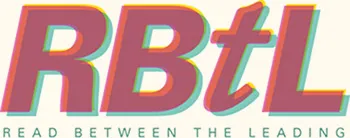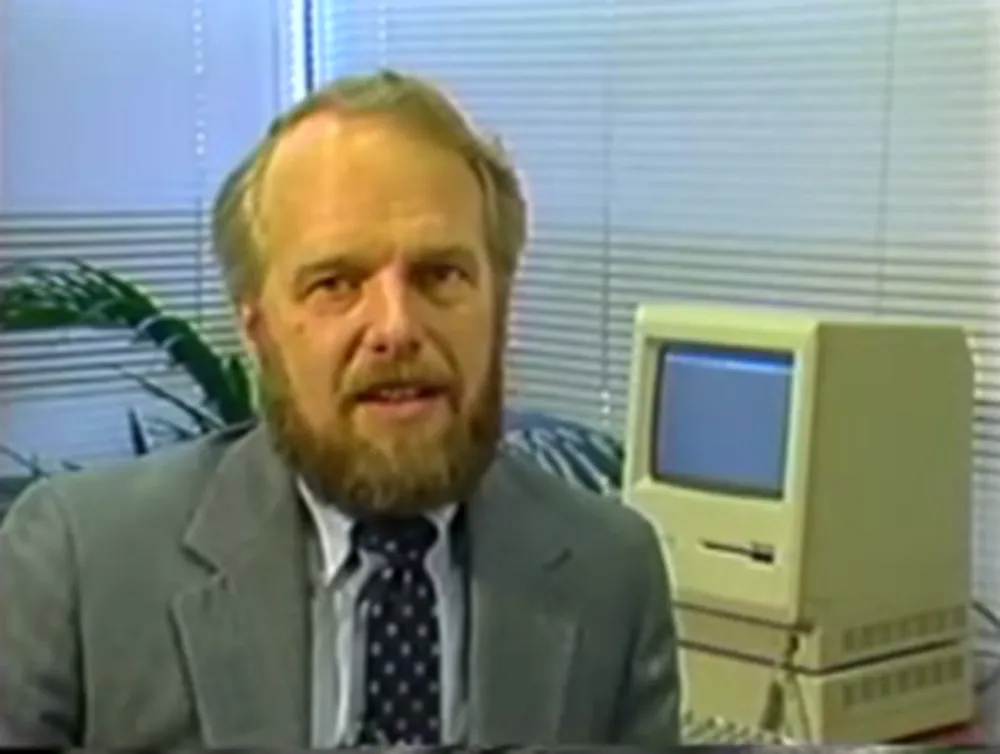One of my favorite bloggers, Jason Kottke, posted an item and link today about a story on the NPR site about “the longest word in the English language”.
This piqued my interest. When I was a kid I used to watch the Mike Douglas Show every afternoon after school. One time he had some sort of word expert on the show who revealed what the longest word was. I was impressed and taught myself to pronounce it correctly (still can).
Was it still the longest word? Sure enough, it was in the article:

Well… not the longest word anymore, if it ever was.
But then I noticed that all the “long words” in the article were set in one of my fonts—Felt Tip Woman! (My partner, Pat, whose handwriting was the model for Felt Tip Woman, loves words and language, not to mention NPR, and thought this was pretty cool, too.)
So I memorized a word that’s not really as special as I thought it was. On the plus side, NPR is using one of my fonts, so I’m happy anyway.

Probably more than you ever wanted to know, but it was fun rummaging through my old stuff to piece the story together.
(Thanks, Brian!)
Sorry for not posting more stuff here lately. I’ve been busy working on fonts (probably a better use of my time anyway). In the mean time, here is another interview with me, this time with Grant Friedman of ArtBistro.com.

I’m the featured guest on episode #6 of the typography and design podcast Read Between the Leading.
.Cb2VS0P8_Z1rBy7x.webp)
MyFonts has been doing interviews of typeface designers for the last year or two in their Creative Characters series. Yesterday, they posted one featuring yours truly.

I happened to be looking at Reuben Miller’s blog today and stopped when I got to the item “Introducing Illustrator 88” in which he embedded a link to a YouTube video showing a portion of the VHS tape that shipped with Illustrator 88. I have that tape and also the one that came with Illustrator 1.0. (And the disks, and the packaging. I know. It’s a disease.) I’d been toying with the idea of digitizing these videos and posting them online, but someone saved me the trouble. (It appears that John Nack of Adobe posted the 1.0 video.)
I particularly remember the tape that was included with 1.0, which featured John Warnock, the CEO and founder of Adobe himself, doing the demos. I’ll never forget the way he exclaimed “Isn’t that neat?” after showing how the pen tool works. And it was neat. The YouTube clip only shows about the first ten minutes of the tape, so it’s missing that little gem.
It’s amazing how good the program was right from the start. It had a long way to go (no color, no layers, no drawing in preview mode, no composite paths, only one font in a text block, no converting text to outlines, no pathfinder tools, etc., etc.), but the foundation was solid. It sure looks slow running on that tiny Mac Plus screen, though.
